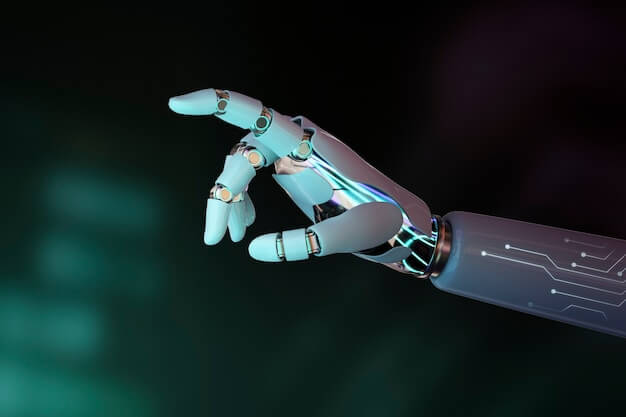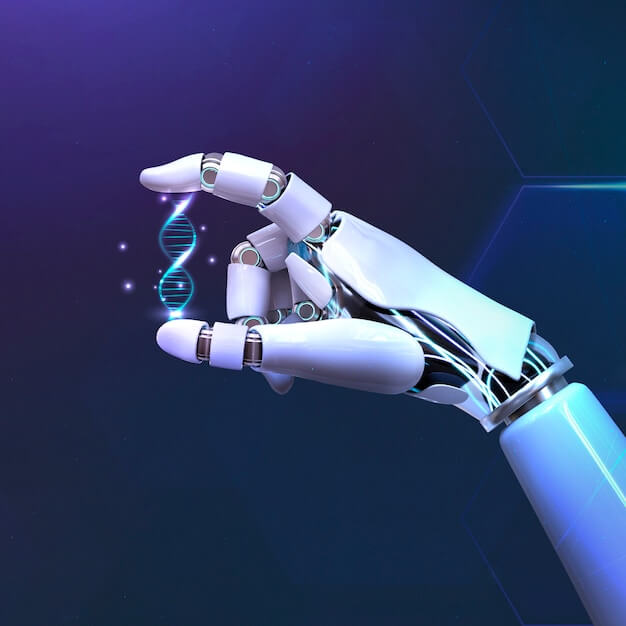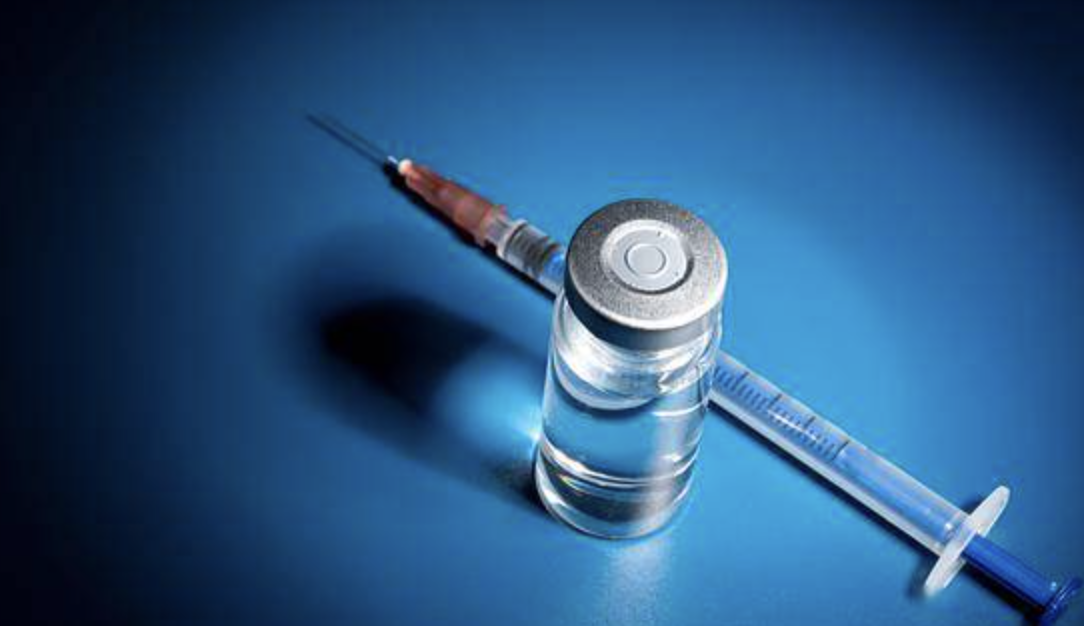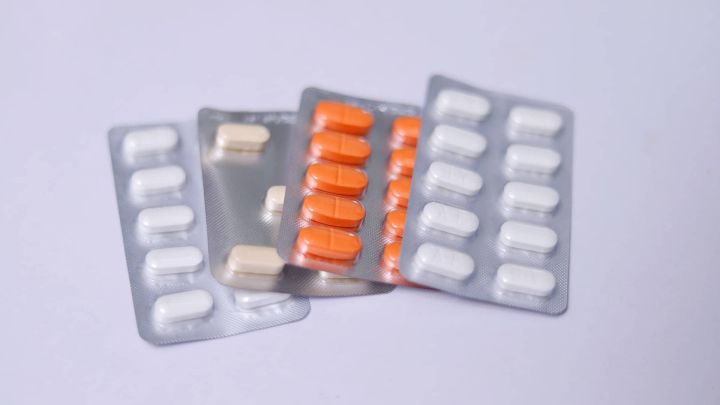Apparatus
The "hand speed" is extremely fast, and scientists create a DNA robot arm that can move at a high speed
DNA nano robot system is one of the nano machines, and has been continuously developed in recent years. In recent years, in the journal Science, we saw another "feat" realized by DNA nano robot - researchers used electric field to accelerate the movement speed of DNA robot system.

DNA nano robot system is one of the nano machines, and has been continuously developed in recent years. In recent years, in the journal Science, we saw another "feat" realized by DNA nano robot - researchers used electric field to accelerate the movement speed of DNA robot system.
The previous DNA molecular machine could not run faster because it depended on DNA molecular factors. In contrast, the speed of this DNA molecular robot is about 100000 times faster than that of ordinary DNA robots, which can be said to greatly promote the development of the DNA robot system.
The study was completed by a team from the Technical University of Munich (TUM) in Germany. Professor Friedrich Simmel of Technical University of Munich (TUM), the co-author of the paper, said that most of the previous DNA based machines were mainly controlled by various DNA molecules, including DNA hybridization, DNA cleaving enzyme, changing the buffer environment (such as pH), or using chemical photoelectric switches to collect light to induce reactions by adding additional external DNA "fuel chains". However, due to various reasons, these methods eventually make the movement behavior very slow, and it takes several minutes or even hours to complete the required movement process.
Compared with the previously displayed DNA robot system or assembly line, this achievement can move and position the DNA machine faster by using electric field control, and this method does not need to add any "fuel" or change the buffer environment.
In this experiment, Simmel and his colleagues used a molecular self-assembly technology: DNA origami. This technology can fold DNA strands into clever structures.
Through DNA origami technology, the team created a square rigid base with a side length of 55 nm, which is connected with a long arm of 25~400 nm through a flexible joint (all the structures involved above are composed of DNA molecules). This structure is fixed at the bottom of a customized sample chamber filled with water, and researchers can add electric fields in any direction on the rigid base.
Because DNA is negatively charged, it can be manipulated by an electric field. By controlling the direction of DNA, researchers can make the DNA arm move at any angle relative to the substrate. In addition to rapid regulation of DNA, electric field can also be used to reduce the stability of DNA docking, thus speeding up the unbinding of DNA arms fixed on the base plane.
Simmel added that when you create some "docking points" on the substrate, you can use the electric field to move the DNA arm from the fixed position on the substrate to another position. In addition, when the DNA arm is fixed to a specific grounding point, if the binding point is strong enough, even if we remove the electric field, the DNA arm can still be well fixed at this point.
An important feature of this system is that the DNA arm can not only serve as a "pointer" of fixed observation points, but also act as a lever arm. When the DNA arm carries a lot of charges, the external electric field will produce a great force on it, which can make the DNA arm rotate around the fulcrum or achieve docking with the node.

After the assembly of the robot arm, the researchers placed a 25nm long gold particle on the free moving end of the DNA arm. After the external electric field is turned on, the DNA mechanical arm will start to rotate, driving the nano particles at the top to move.
Although it is very meaningful to determine the operating mechanism of the DNA arm, Simmel's research team has a larger goal. Next, they will continue to work on how to use the DNA arm to create a reliable mechanism for grasping and releasing molecules/nanoparticles, and move objects from the acquisition area to the target (target) area through the arm.
This DNA arm can also be used with other technology platforms to arbitrarily pick up and release RNA or DNA polymerase of the constructed molecules, and realize 3D printing of biological molecules at the atomic level. Simmel also believes that, in the potential application of this research, the way to assemble complex molecular structures may be somewhat similar to 3D printers. Although it is impossible to quickly 3D print out molecules, this work has opened up a new direction for the regulation of DNA nano devices. In addition, the remotely controllable DNA arm is also suitable for the preparation of drug molecules to achieve precise drug release at the molecular level.
-
![]()
![]() ApparatusAug 11, 2025
ApparatusAug 11, 2025Nature Medicine publishes results of H-drug combined with chemotherapy for first-line treatment of esophageal squamous cell carcinoma
-
![]()
![]() ApparatusAug 10, 2025
ApparatusAug 10, 2025Cancer Vaccine Shows Its Power! Survival Of Patients With Advanced Colorectal Cancer Extended By More Than 3 Times!
-
![]()
![]() ApparatusAug 09, 2025
ApparatusAug 09, 2025J. Enzyme Inhib. Med. Chem. | Protac Targeting Aimp2-Dx2: a New Therapy For Lung Cancer
-
![]()
![]() ApparatusAug 08, 2025
ApparatusAug 08, 2025The New Generation Of Breast Cancer SERD Drug, Elastoxan, Shows Promise!
-
![]()
![]() ApparatusAug 07, 2025
ApparatusAug 07, 2025Ovarian Cancer Heavyweight Cutting-Edge ADC Drug Elahere Proven Safe And Effective




